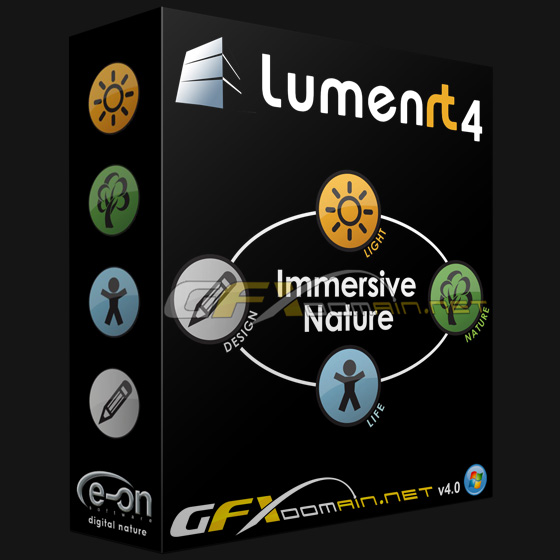


Lumen features trace rays against the screen first (called Screen Tracing or Screen Space Tracing), before using a more reliable method if no hit is found, or the ray passes behind a surface. Importing an entire room, which includes furniture, in a single mesh is not expected to work with Lumen. Only meshes with simple interiors can be supported - walls, floors, and ceilings should all be separate meshes. Adjusting the number of cards is useful for more complex interiors or single meshes with irregular shapes.Īreas that don't have Surface Cache coverage are colored pink in the Surface Cache View Mode of the Level Editor. These capture positions (called Cards) are generated offline for each mesh.Ĭards can be visualized with the console command r. 1.īy default, Lumen only places 12 Cards on a mesh, but you can increase that amount by setting Max Lumen Mesh Cards in the Build Settings of the Static Mesh Editor. Lumen captures the material properties for each mesh from multiple angles. It is used to quickly look up lighting at ray hit points in the scene. Lumen generates an automatic parameterization of the nearby scene's surface called Surface Cache.
#Lumenrt fbx materials 1080p
The engine's Epic scalability level produces around 8 milliseconds (ms) on next-generation consoles for global illumination and reflections at 1080p internal resolution, relying on Temporal Super Resolution to output at quality approaching native 4K.

Lumen's secondary focus is on clean indoor lighting at 30 FPS on next-generation consoles. The engine's High scalability level contains settings for Lumen targeting 60 FPS. Lumen's Global Illumination and Reflections primary shipping target is to support large, open worlds running at 60 frames per second (FPS) on next-generation consoles.


 0 kommentar(er)
0 kommentar(er)
